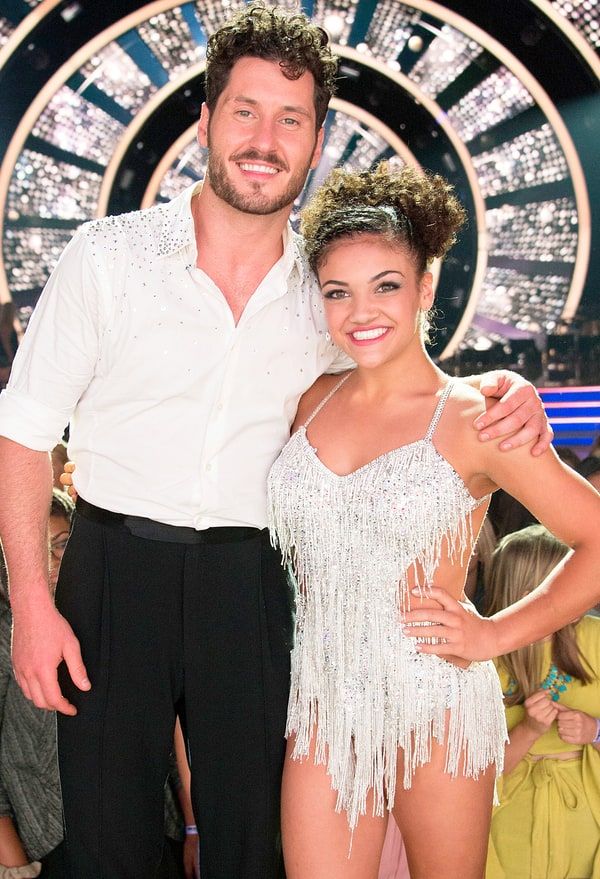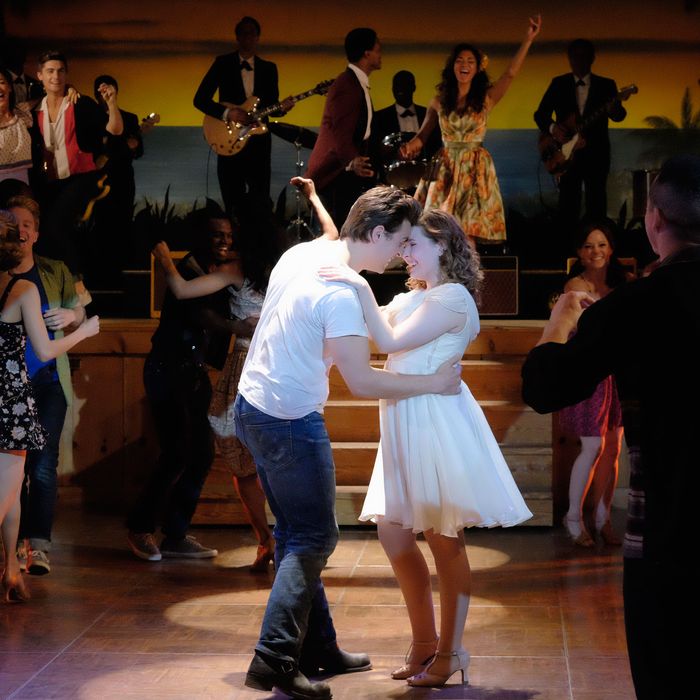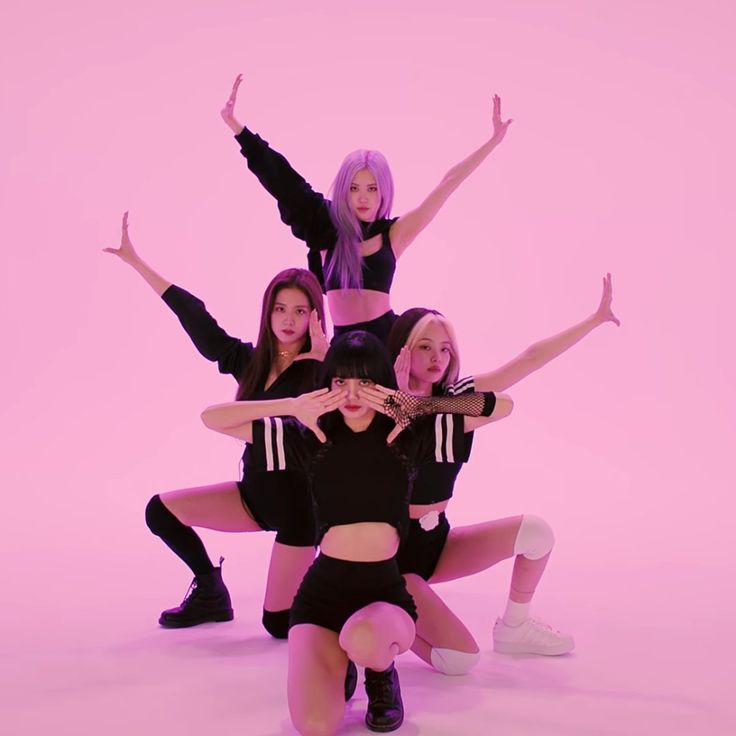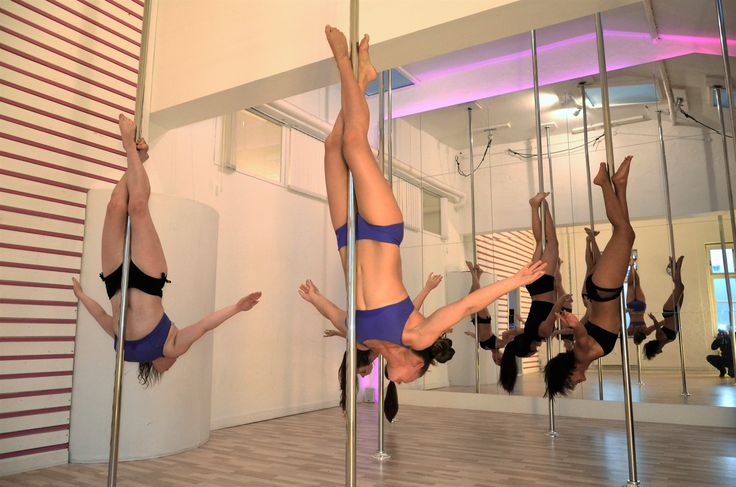How jamaicans dance
Jamaica’s Heritage in Dance – Jamaica Information Service
Bruckins
Bruckins, as a member of the creolised group of traditional dances, reveals a unique mixture of African and European influences. The Bruckins party is a stately, dipping-gliding dance typified by the “thrust and recovery” action of the hip and leg. It was performed in the past mainly to celebrate the anniversary of Emancipation from slavery on the 1st of August, 1838.
Burru
This particular form of dance is a fertility masquerade found in Lionel Town and Hayes (Clarendon). It has familiar features to the Jonkunnu. The dance shows strong fertility elements as evidenced in the deliberate rotating action of the hip while bending through the knees accompanied by breaks of intermittent small jumps.
Dinki-mini
Dinki Mini is done on the Eastern end of the island in the parish of St. Mary. It is usually performed after the death of a person until the ninth night. These ‘Nine-Night’ sessions are lively and are held usually to cheer up the bereaved. During the performance the male dancer bends one leg at the knee and makes high leaps on the other foot. Both male and females dance together with very suggestive pelvic movements. An integral aspect of this dance is the use of the instrument called a benta.
Ettu
The Ettu dance is performed in the parish of Hanover and is a social dance from Africa. It is believed that Ettu is a corruption of the word Edo, the name of a West African Yoruba Tribe. The dance involves the lifting, and dropping of elbows and shoulders, with the feet doing sideways shuffling step. The songs are short and repetitive, built on four notes only and sung in a Yoruban dialect.
Gerreh
The Gerreh is a dance of African origin that is performed the night after the death of a person. The dance is very lively and celebratory in nature and geared to cheering the bereaved. It is similar to the Dinki Mini and Zella with more emphasis being placed on the hip movements executed mainly by the female dancers. The instruments used in Gerreh are similar to those used in Dinki Mini with pot covers taking the place of the benta.
The instruments used in Gerreh are similar to those used in Dinki Mini with pot covers taking the place of the benta.
Gumbay
The Gumbay dance, an element of the healing cult of the same name, was also performed in the parish of St. Elizabeth and is derived from Myal. The dance consists of a series of long steps followed by vibrating sideways body movements and by wheeling turns and sudden stops with pelvic forward tilt. During possession various feats such as back bending, rolling over in somersaults and climbing high coconut trees could be observed. This dance is well known among members of the Maroon population.
Jonkunnu
Jonkunnu (called John Canoe by the British) is a band of masqueraders which usually perform in towns and villages around Christmas time. The Jonkunnu customs go as far back as the days of slavery, but at that time the bands were very large and elaborate. The Jonkunnu band was accompanied by musicians who would play tunes of well-known traditional songs on the fife accompanied by bass and rattling drums, shackas and graters.
The characters in the Jonkunnu band were usually played by men. Their faces would be fully covered and when they spoke it would be in coarse whispers as it was a part of the tradition that no one should be able to identify them. Characters in the Jonkunnu Masquerade were quite frightening to onlookers. Masqueraders were dressed in costumes such as King and Queen, Cow Head, Horse Head, Devil, Pitchy Patchy, Red Indians and ‘Belly Woman’.
Kumina
Kumina is a religious group, which originated in Congo, West Africa, and was brought to Jamaica by the free Africans who arrived between the 1840s and 1860s. According to Dr. Olive Lewin in her book “Rock it Come Over”, Kumina expresses the strongest African retention of Jamaican folk culture, and provides powerful clues about the religious and social customs of the African ancestry. It is generally performed in the parish of St. Thomas to celebrate special events such as engagements and weddings. The three most important elements in a Kumina session are dancing, singing and drumming.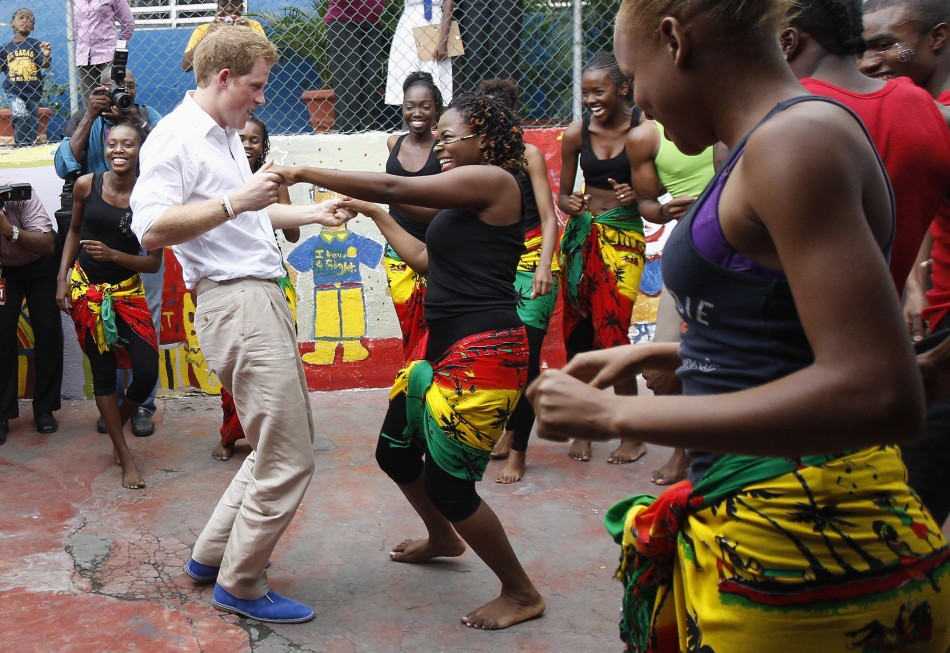 The drums are believed to be the most important because of the control they have over the spirits.
The drums are believed to be the most important because of the control they have over the spirits.
Maypole
Maypole, also referred to as the Long Ribbon Pole in rural areas, was a part of outdoor social festivals of old England and Jamaica and was performed at fairs, garden parties or picnics. It involves the plaiting of different coloured ribbons demonstrating three basic traditional patterns starting with the grand chain or “basket weave” wrapping the ribbons around the pole from the top. There are various styles in Maypole, more popular being the Spider Web, Flair, Dome and Umbrella.
Myal
Myal is one of the oldest dances in Jamaica and is associated with a type of religious observance. It was mostly performed in the parish of St. Elizabeth and has been erroneously associated with Obeah. The dance shows a wide range of body movements, extensive use of space and violence of action. These are done by throwing the body on the ground and by acrobatic feats, as well as a vibrating movement brought about by a succession of rapid sideway shifts from foot to foot, on the toes and with knees bent.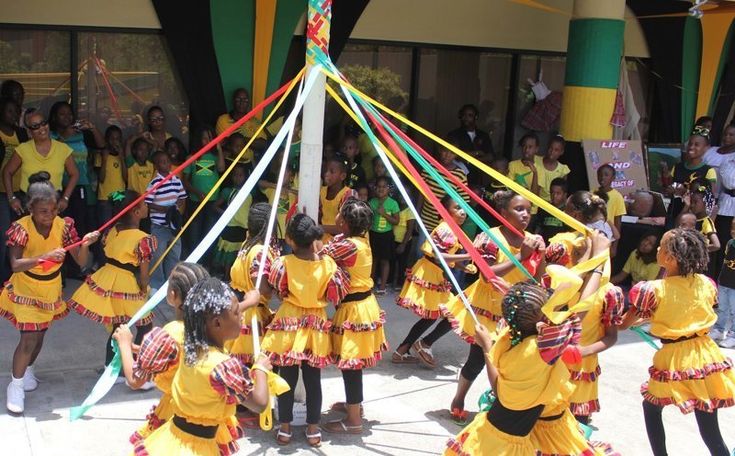
Quadrille
Quadrille is a coupled (male and female) dance in Jamaica which was danced during slavery. There are three styles – the Ballroom Style, the Camp Style and the Contra Style. The Ballroom Style (or Square) of Quadrille originated from the popular dance of the French and English in the 18th and 19th centuries and highlighted the elegance and mannerisms of the elite of these societies. While the Camp style of Quadrille also known as long way set formation includes African elements and is known as the Afro-Jamaican version of the Ballroom Quadrille. The Contra Style Quadrille is performed only to Mento music from beginning to end.
Tambu
The tambu dance takes its name from the drum referred to as “tambu” and is performed mainly for entertainment with couples facing and moving towards each other using the Shay-shay, Saleone and Mabumba sequence. The shay-shay features rotating action of the hips, shuffling along with one foot on the ball.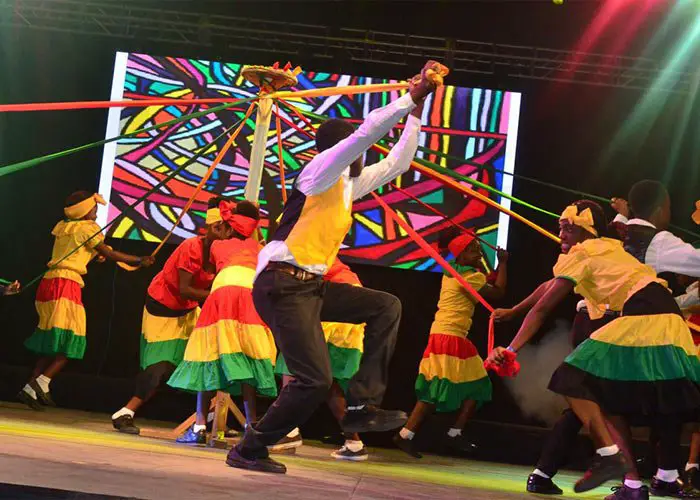
Zella
This folk dance form is rarely heard of but is similar in form and structure to the Dinki Mini as it forms part of the death observances and rituals in Portland. The difference is in the main instruments which is a pair of Kumina drums.
Traditional Jamaican Dances | Montego Bay Cultural Centre
- Quadrille
This is a ballroom set dance, which originated in the courts of Europe and was danced in Jamaica by the gentry during slavery.
There are two styles – the Ballroom and the Camp Style – the former European, the latter the Creolised version.
Mento Bands accompany these dances playing a variety of traditional European tunes, except for the fifth figure which employs the Mento, the first music created by Jamaicans.
- Kumina or Cumina
Kumina is the most African of Jamaican cults. Kumina ceremonies are usually associated with wakes and entombments, but can also be performed at births, anniversaries and thanksgivings.

During a Kumina ceremony the exponents call upon their ancestral spirits. The dance and music are two of the Kumina’s strong features – the drum playing an integral part in this dance ritual.
- Maypole
A European retention which was originally celebrated on May first at the May Day fertility celebration in England.
The plaiting of the pole with coloured ribbons has basic traditional patterns, starting with the grand chain, basket weave wrapping the ribbons around the pole from the top.
The plaiting then continues away from the pole ending with the ‘cobweb’ plait before the full unplaiting takes place.
- Jonkunnu or Burru
Jonkunnu (John Canoe) is another of the traditional Jamaican dances of African origin. It is performed mainly at Christmas time and a strong feature of the dance is the characters, all males whose movements match their roles.
Some of these characters are Pitchy Patchy, Devil, Horsehead, Cowhead, Actor Boy, Belly Woman, Warrior, Wild Indian, to name a few.

The rhythm of the Jonkunnu Music is quite distinct from other ritual folk music with its fife and “rattling drum”- carried on the shoulders and played with sticks.
- Gerreh and Dinki-Mini
Both dances are of African origin of the wake tradition usually performed after the death of a person, and up until the ninth night after the death.
Gerreh/Dinki-Mini sessions are usually held to cheer the bereaved. It is called Gerreh/Wake in the Western end of the island and Dinki-Mini and Zella in St. Mary and Portland respectively.
- Bruckin’ Party
This traditional dance was performed in the past mainly to celebrate the anniversary of Emancipation from slavery on the 1st of August, 1838.
The main movement of the dance is the dip/kotch of the body using the feet as the arms move across the chest in an upward movement and a wheel and turn of the body.
Musical accompaniment is also the drums and vocalization. Bruckin’ Party is found only in the parish of Portland and is now performed mainly for the JCDC’s Annual Festival of Arts Competitions.

- Ring Games
Traditional Ring Games were played not only by children but also by adults as they portrayed happenings in a community with touches of humour and may deal with situations otherwise taboo in everyday speech.
However, today it is mostly a children’s game of “song and dance”, performed in the JCDC’s Annual Festival of Arts competitions.
- Revival
Revival is a religious ritual resulting from an Afro-European syncretism – the mixing of African and European cultures. It has two main branches, Zionism and Pocomania.
Zionism is more Euro-Christian and deals with holy angels and heavenly spirits. Pocomania deals with earth bound spirits and has stronger African elements.
The Central Figure is a “Mother” when it is a female and a “Shepherd” when male. Mission grounds where meetings are held are decorated with holy pictures and biblical symbols, inscribed or drawn on the ground and the walls.
- Tambu
Tambu groups are found mainly in Trelawny.
 Tambu today is performed mainly for entertainment and it has been observed that there is similarity in the dance movements to that of the ‘Bele’ of Martinique and Guadeloupe. Drums with singing form the musical accompaniment.
Tambu today is performed mainly for entertainment and it has been observed that there is similarity in the dance movements to that of the ‘Bele’ of Martinique and Guadeloupe. Drums with singing form the musical accompaniment. - Ettu Or Etu
…is African retention kept alive by a small group of people found in the parish of Hanover who claimed Yoruba’ (Nigerian) ancestry. The “Ettu” play is usually performed on the occasions of weddings, feasts, ‘nine night’.
“Shawling”, a feature of the dance, is a ritual of appreciation for the dancer’s skill and movements and forms an integral part of each performance.
Songs accompanied with drumming on the kerosene pan, beaten with the bare hands, form the musical accompaniment.
Reference:
National Libray of Jamaica
http://www.jcdc.org.jm/folk_forms.htm [Jun/12/08]
Incendiary dance from Jamaica: all about Dance Hall
10/27/2021
Dancehall is a Caribbean street dance that is growing in popularity every year. Despite the fact that he appeared in Russia relatively recently, he has enough fans who have appreciated the emotional and expressive choreography that has absorbed the culture of Jamaica.
Despite the fact that he appeared in Russia relatively recently, he has enough fans who have appreciated the emotional and expressive choreography that has absorbed the culture of Jamaica.
Dancehall: a history of dance
Jamaica is considered to be the birthplace of Dancehall. It was in its capital, Kingston, that the direction was born in the 80s, which absorbed the rhythm of the incendiary reggae, the founder of which was the famous musician, vocalist and performer Bob Marley.
It is generally accepted that social inequality played an important role in the emergence of dance. At that time, both poor immigrants from Africa and more prosperous emigrants from Europe lived in Jamaica. And for the African people, the dancehall has become a symbol of unity in a foreign territory, an opportunity to exchange emotions and impressions.
Structure and elements of dance
Sometimes dancehall is mistakenly called reggae, not suspecting that this is a completely different dance.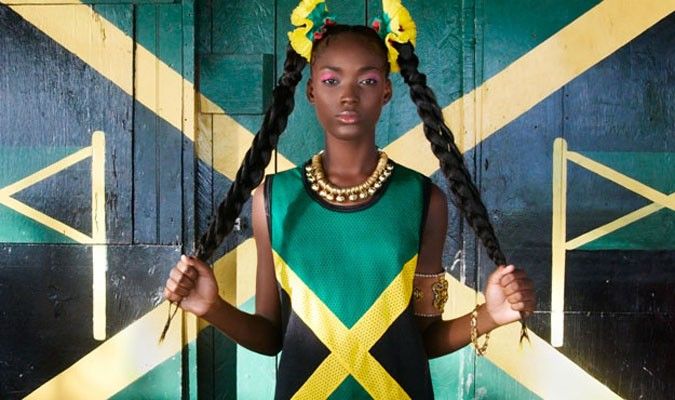 It is more rhythmic and dynamic, and attitude is of great importance - its character and presentation.
It is more rhythmic and dynamic, and attitude is of great importance - its character and presentation.
The basis of the style is basic steps with body movements, which are complemented by smooth movements and sharp beats. In most cases, staging is an improvisation on a specific composition or track.
Features of the dance
The dancehall style is not just a choreography of connections and elements united by one concept and idea. This is an opportunity to demonstrate your freedom by moving to the beat of the music.
To master this direction, it is not enough to be a good dancer, feel the rhythm and be able to improvise. Only by being liberated on the dance floor you can show a real dancehall - a unique dance style of freedom-loving and open-minded people.
What is the best way to dance
Any comfortable clothes and shoes are suitable for dancehall. There are no strict restrictions, imposed stereotypes and prohibitions. But when it comes to a concert performance, dancers usually use to create an image:
- wide tops;
- bright shorts;
- t-shirts;
- tight leggings or pants;
- loose fit shirts;
- T-shirts
- headwear and flashy accessories.

For group dance classes and performances, a single color scheme is selected and a common concept of images is thought out for each participant.
Who should try
Dancehall can be played by both girls and boys of any build, regardless of the level of physical fitness. A prerequisite is the absence of medical contraindications, which is an invariable requirement for sports.
The direction of Dancehall is ideal if you need:
- learn how to move beautifully to the music;
- increase daily calorie consumption, which is important for a sedentary lifestyle;
- get positive emotions and a charge of motivation;
- increase muscle tone.
If you want to get acquainted with this direction, try dancehall dancing and understand what it is, you should sign up for the Premier Sport club.
We are located at: st. Olof Palme, 5 (SWAD of Moscow, near the metro station Minskaya, Lomonosovsky Prospekt, University, Sportivnaya, Victory Park).
#cardio #children #dancing #martial arts #fitness guide #health #intelligent body #motivation #Pilates #pregnancy #rehab #power training #swimming #tennis and squash #weight loss #yoga
how did the rebirth of the classical dancehall go
Relatively recently, just a few years ago, a dance with Jamaican roots came to Moscow. Previously, soft, deceptively relaxed dancehall movements hid a strict rhythm, a well-developed dynamics. But everything in this world evolves. Those who like to relieve stress on the dance floors were not satisfied with the calm Jamaican reggae. Therefore, DJs switched from him to recitative, hip-hop, jazz. Expressive, plastic and feminine movements have added fire, which now includes shaking, undulating swaying of the hips and chest.
But everything in this world evolves. Those who like to relieve stress on the dance floors were not satisfied with the calm Jamaican reggae. Therefore, DJs switched from him to recitative, hip-hop, jazz. Expressive, plastic and feminine movements have added fire, which now includes shaking, undulating swaying of the hips and chest.
Dancehall has two directions - male and female. An hour-long lesson in intensity is not inferior to the loads when doing fitness. Movements for ladies are focused on the maximum involvement of the lower body. Modernized pas load legs, buttocks, abs, arms.
Dancehall training is simple at first: squats and lunges are done with half-bent knees. In the process of improvement, the amplitude gradually increases. Rigid, energetic men's steps differ sharply from emphatically sexy, seductive women's. In general, dancehall can be called a dance of contrasts: emotionality and aggressiveness are interspersed with bright sensuality.
Dancehall trio
Dancer Amari Marshall believes that dance training should be progressive.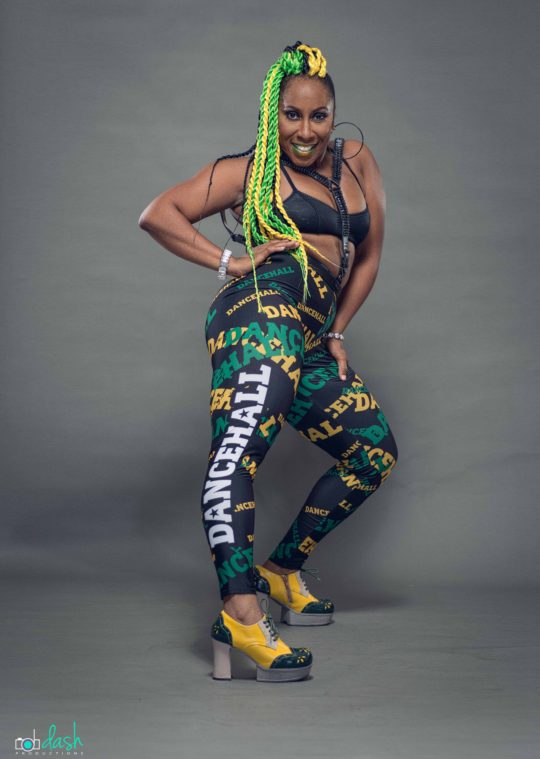 Before staging a dancehall, students should liberate their bodies, take an advanced hip-hop course. The physical, spiritual resonance, the sultry expansion of the dance seemed to capture the sun-drenched streets of Jamaica - the birthplace of mixed rhythms. A beginner who is not prepared for them may not be able to cope.
Before staging a dancehall, students should liberate their bodies, take an advanced hip-hop course. The physical, spiritual resonance, the sultry expansion of the dance seemed to capture the sun-drenched streets of Jamaica - the birthplace of mixed rhythms. A beginner who is not prepared for them may not be able to cope.
The film "King of the Dancehall", dedicated to Jamaican dance, is known on the Internet. Nick Cannon, who believes that the dancehall philosophy is about freedom, imperceptibility of pain in cases where the music scourges you, became the lead actor. Filming took place in Jamaica, in one of the scenes the genre of electronic music was used.
Lehr Courteillemont was so inspired by Jamaican rhythms that she created her own dance style Ragga Jam based on them, a kind of African-Jamaican mixture of fitness and dance. Now this species has stepped over the sexual boundary: both men and women are fond of it. The vulgarity is gone, the charm and tenderness remain.




